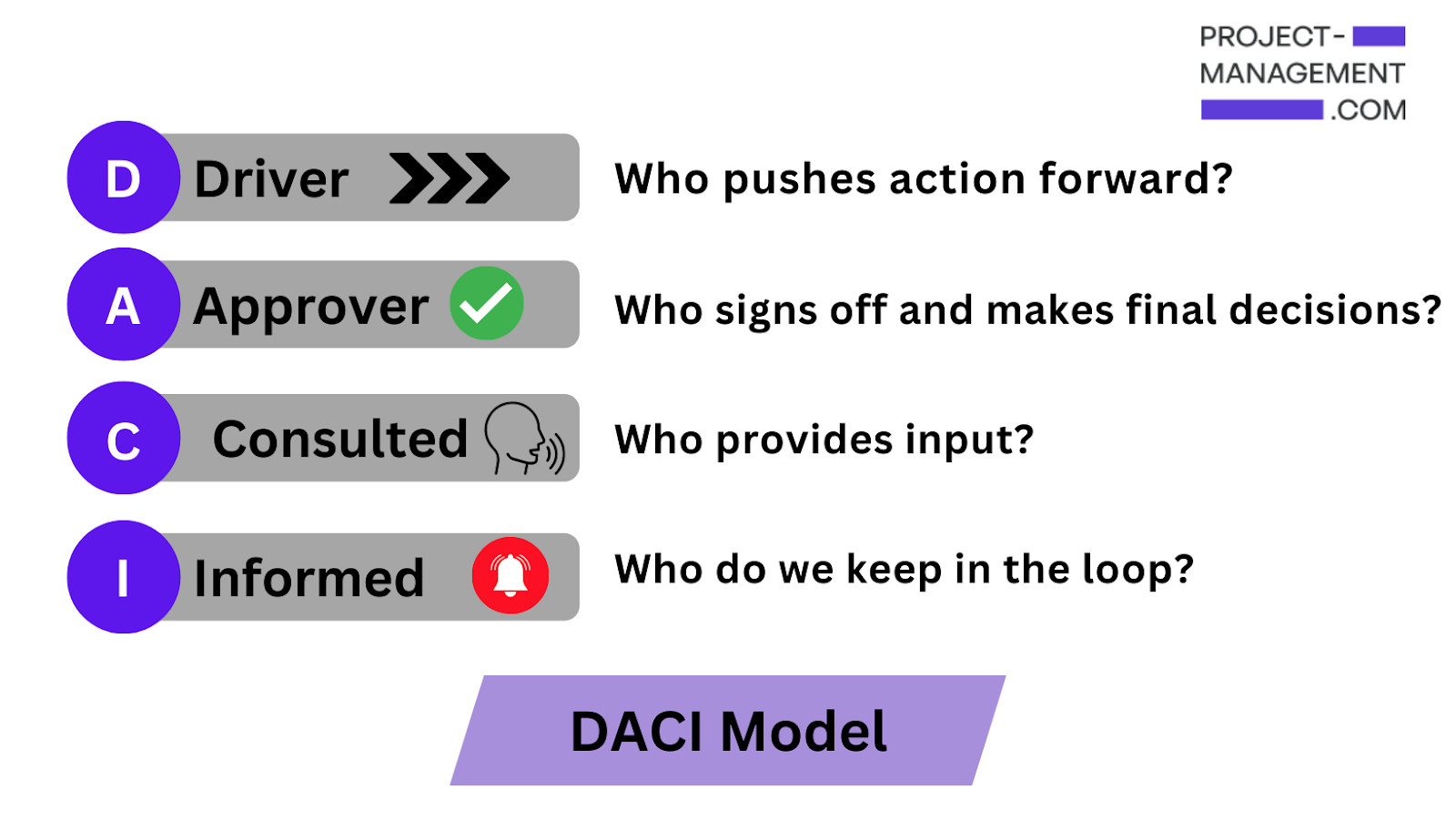A Pareto chart is a unique form of bar graph that highlights data in descending order, with the most significant datasets on the left and decreasing values on the right. Project management teams frequently utilize Pareto charts to visualize data and maximize positive work outcomes.
What is a Pareto Chart Used For?
Pareto charts are primarily used to help teams identify the most significant data in a data set, allowing teams to focus on the data that will enable them to have the most substantial impact. In short, the Pareto chart functions in two key ways: by visualizing datasets and concentrating the most important data first. The Y-axis, the vertical axis on the furthest left, represents the frequency of specific data. The X-axis, the horizontal axis on the bottom, shows the categories.
Pareto charts are data visualization tools that any project management team can find useful as part of their decision-making toolbox.
Read more: What is Project Management?

Example of a Pareto chart showing issues tracked during a product launch. As illustrated, lags and bugs were the most significant issues.
When to Use a Pareto Chart
One of the most crucial traits for a project team to have is the ability to look at the big picture and prioritize the most impactful tasks or issues. Pareto charts excel at helping teams quickly identify the most impactful area of the data set to prioritize first, as shown in the example above. What’s more, teams can leverage the smaller and less significant data sets to explore what areas require less attention.
How to Create a Pareto Chart: Step-by-Step Instructions
If you’re looking to utilize the power of a Pareto chart for your team, creating one is much easier than you think.
- Decide on a data set to compare within your Pareto chart (project problems, progress, causes, etc.).
- Identify the problems or issues within the data set you’ve chosen.
- Arrange the data in descending order based on significance/impact to make it easier to arrange in a chart.
- Manually input the data into the chart or use a Pareto chart generator tool to visualize the data.
Read more: What is a Requirements Traceability Matrix (RTM)?
What are the Benefits of Using a Pareto Chart?
A Pareto chart is a useful tool that any project management team should keep in their toolbox. Here are few of the top benefits of using a Pareto chart:
- Easier visualization of data
- Saves time for busy teams that need to tackle the biggest issues first
- Helps focus teams on the most important metrics
- Makes it easier to relay important data to stakeholders
Read more: What Is a RACI Matrix?





